
 |
登入帳戶
| 訂單查詢
| |
||
| 臺灣用戶 |
| 品種:超過100萬種各類書籍/音像和精品,正品正價,放心網購,悭钱省心 | 服務:香港/台灣/澳門/海外 | 送貨:速遞/郵局/服務站 |
|
新書上架:簡體書
繁體書
四月出版:大陸書
台灣書 |
|
|
||||
|
新書推薦: 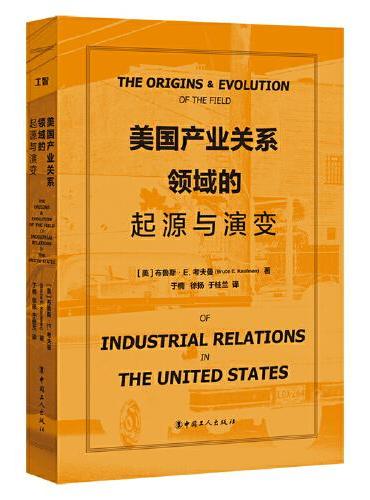 《 美国产业关系领域的起源与演变 》 售價:HK$ 81.6 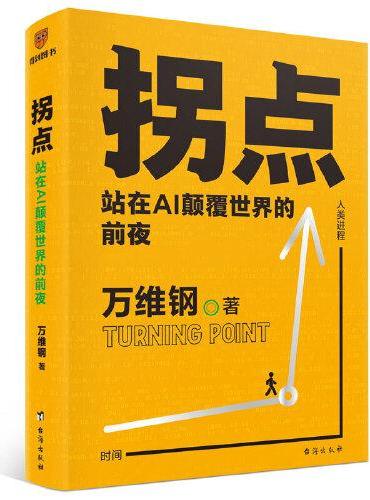 《 拐点:站在AI颠覆世界的前夜 》 售價:HK$ 82.8 ![竞争优势:透视企业护城河(珍藏版) 6[美]布鲁斯·格林沃尔德](http://103.6.6.66/upload/mall/productImages/24/15/9787111748816.jpg) 《 竞争优势:透视企业护城河(珍藏版) 6[美]布鲁斯·格林沃尔德 》 售價:HK$ 118.8 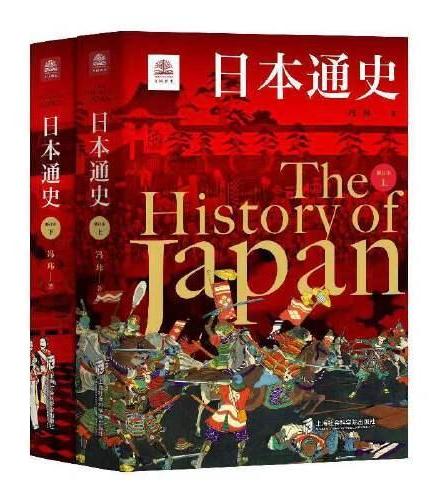 《 日本通史(修订本)上下 》 售價:HK$ 309.6 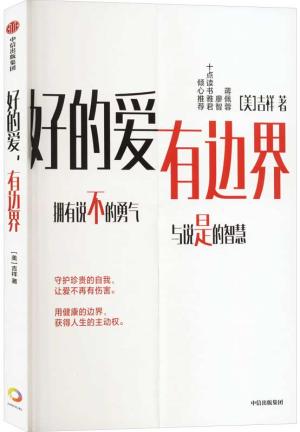 《 好的爱,有边界 》 售價:HK$ 70.8 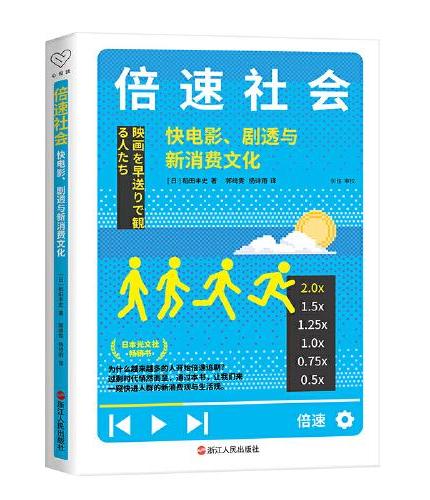 《 心悦读丛书·倍速社会:快电影、剧透与新消费文化 》 售價:HK$ 69.6 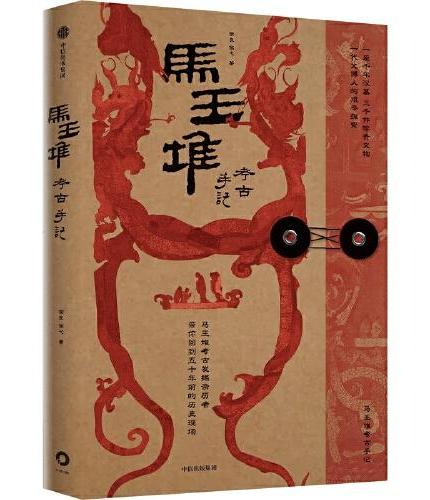 《 马王堆考古手记 》 售價:HK$ 118.8  《 全靠演技 》 售價:HK$ 54.0
|
|
| 書城介紹 | 合作申請 | 索要書目 | 新手入門 | 聯絡方式 | 幫助中心 | 找書說明 | 送貨方式 | 付款方式 | 香港用户 | 台灣用户 | 大陸用户 | 海外用户 |
| megBook.com.hk | |
| Copyright © 2013 - 2024 (香港)大書城有限公司 All Rights Reserved. | |